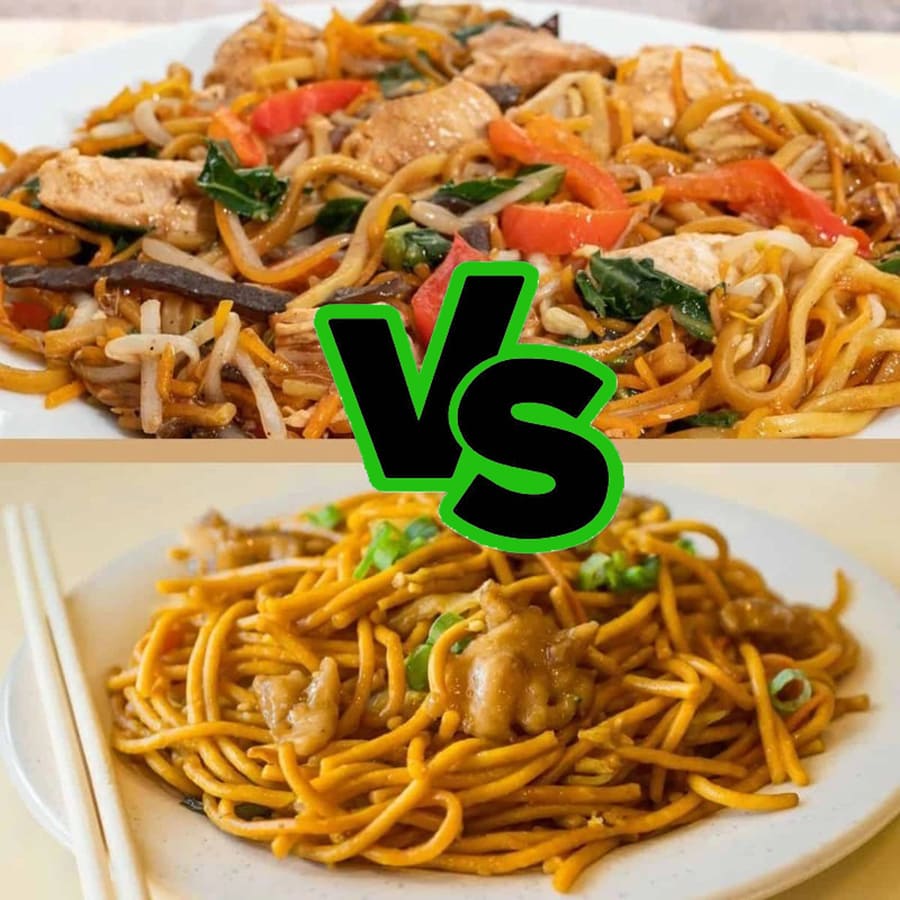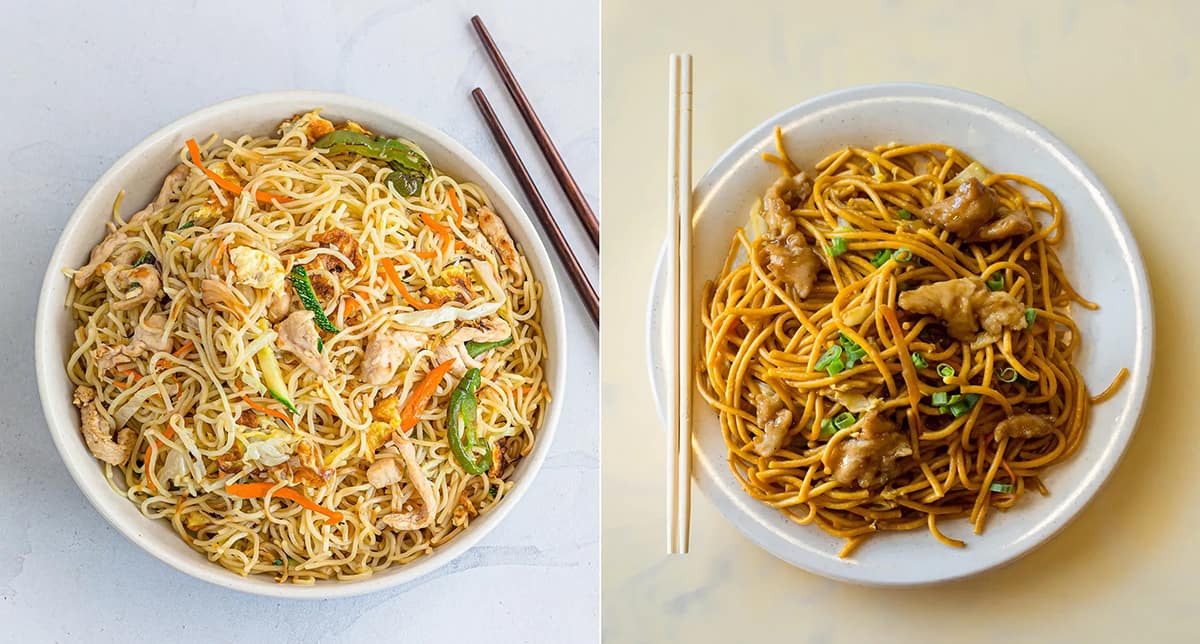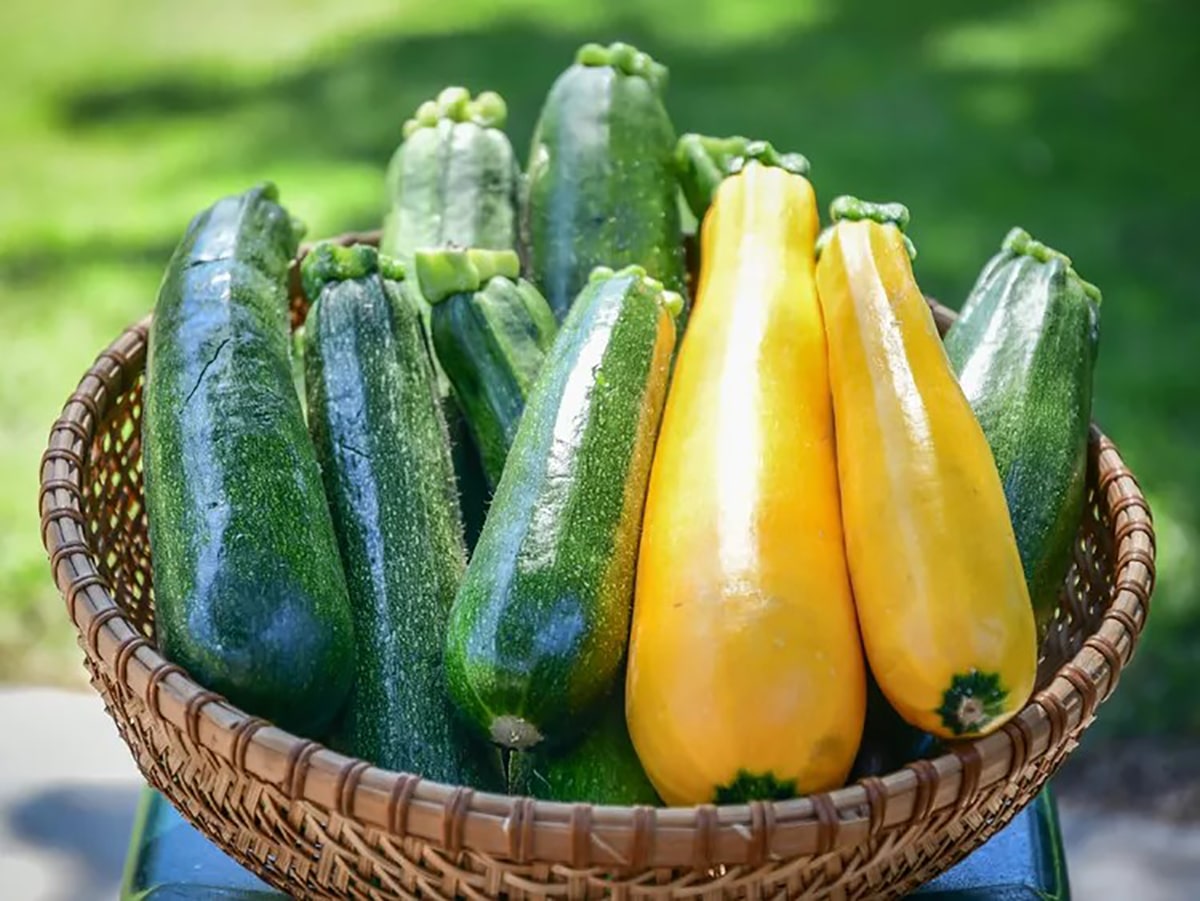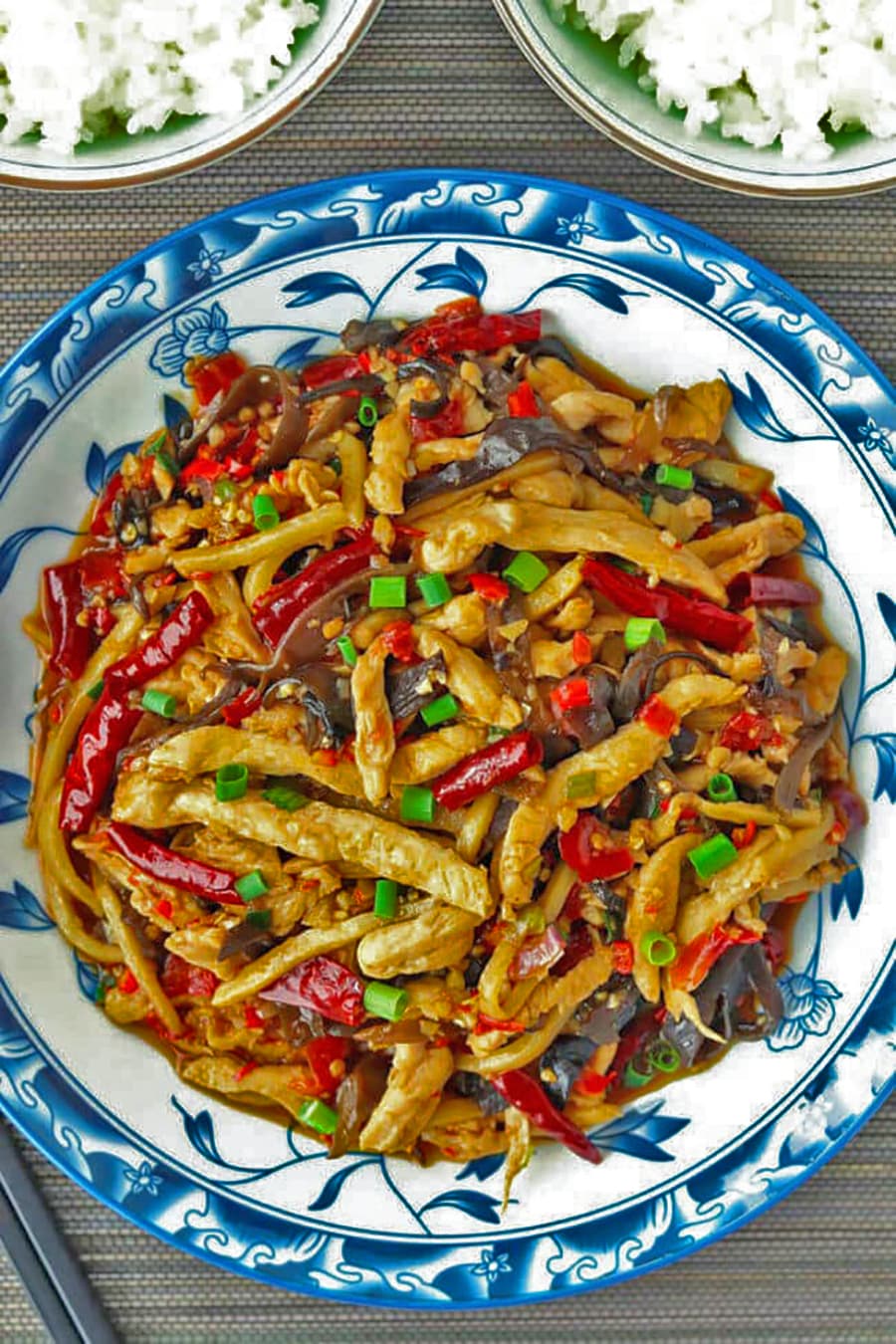Speaking of Chow Mein vs Lo Mein, I’ll explain it casually here. I remember the first time I entered my grandmother’s kitchen. The window was open, and the sunlight seemed to dance on the smoke from the woks coming in through the window. The aroma was distinctive and delicious, savory, tempting, and enticing.
Here, try this, my grandmother said, handing me a plate full of noodles. These were the best noodles I’d ever tried. I asked what kind of noodles she made. With her signature smile, she replied, “Chow Mein.”
The next day, still related to my story, I was sitting in a local noodle shop (where my grandmother lived). I immediately ordered a bowl of noodles that looked similar to the ones my grandmother had made the day before. But upon closer inspection, I noticed something slightly different about the ones my grandmother made.
These were softer, smoother, and saucier. They said it was Lo Mein. This brief moment had given me two experiences. But I was really wondering, what’s the difference between my grandmother’s chow mein and the lo mein I enjoy at my local shop?
What’s the Real Difference Between Chow Mein and Lo Mein?

To find out the answer, I directly asked the noodle chef at the shop. They gave me the answer, and I also looked for the answer in various other sources online, and I came to this conclusion.
- Noodle Preparation: Chow mein is often par-fried or stir-fried until slightly crisp or dry; unlike lo mein noodles, which are boiled first and then sauced, remaining soft and tender.
- Sauce and Texture: Texture-wise, chow mein tends to be lighter on sauce, focusing on that wok-hei char and crispy edges. Lo mein contains a lot of sauce or saucy, making each bite feel softer and saucy.
- Typical Uses: Chow mein uses crunchy vegetables, tender meat, and seared noodles. Meanwhile, Lo Mein is softer, chewier, and more moist with a tangy, savory sauce. It’s quite impressive, both made from the same noodles but prepared differently.
It’s just like my grandmother once told me. Chow Mein excels in its heat and movement, while Lo Mein excels in its simplicity and subtlety of savory flavor.
My First Crack at Both (Chow Mein Vs Lo Mein)
I have a personal experience with these dishes, having learned about both and wanting to try them myself. One weekend, I made chow mein. I sautéed it in a pan with oil, using fresh sesame oil (I find it healthier with a distinctive aroma). I added vegetables and shrimp, and let the noodles sizzle in the pan. The result was crispy, smoky noodles, with a slight burnt texture that stuck between my teeth. Each bite was energizing and enjoyable.
The next day, I wanted to try delicious noodles again, and I tried making Chinese egg noodles Lo Mein style. I boiled the egg noodles until they were al dente, then drained them, tossed them with my family’s favorite oyster sauce. I also added chicken and bok choy. The result was a bowl of soft, layered, and comforting noodles. The softness comes from the boiling process, which makes the noodles soft and tender, and there’s a special joy in a bowl full of Lo Mein.
After trying both, I’ve grown to love both types of noodles. With two different cooking methods, Chow Mein and Lo Mein, the result is two bowls of noodles with different moods. You can buy Chinese egg noodles and cook them however you like, or depending on your mood.
Why It Matters
This is clearly important to know because the two are similar and may seem the same at first glance, yet these two dishes are different. By understanding the differences between chow mein vs lo mein, the culinary experience will also be different.
Sometimes you think the two are the same food, just with different names. However, there are traditions and techniques in each of the two bowls of noodles. Chinese-American menus often blur the two, but regional Chinese cooking keeps them distinct. Here it is:
- Culinary roots: In Cantonese culture, “Chow” (炒) means “to stir-fry,” a cooking process that emphasizes high heat. “Lo” (捞) generally means “to toss” or “to pull,” meaning the noodles and sauce blend gently.
- Noodle types: Although the noodles are similar, there are subtle differences. Chow Mein often uses thinner, sometimes par-fried noodles that stand up to stir-frying (“Hong Kong-style”). Lo Mein often uses softer egg noodles that can absorb the sauce easily.
- Health and texture: For those who prefer a crispy and light texture, chow mein is ahead. If you prefer soupy and comforting food, then lo mein is your best choice.
Based on the references I read in culinary books and trustworthy online sources, I conclude that the two are very similar. The difference lies in the preparation techniques and regional variations. So, this is not the same noodle that is referred to by many names, sometimes called chow mein and other times called lo mein.
Why I’m Not Just Nostalgic
Sometimes someone asks, “How do I know these differences are real?” To assure this answer, I explored several sources such as searching the internet, asking chefs at restaurants near where I live, and even delving into culinary books. They all agree that Chow Mein and Lo Mein are different. The main differences lie in the cooking method, texture, and amount of sauce used.
So, I want to say, this is not just a childhood story of mine with my grandmother and the cook at the local shop. This is a story rich in knowledge and expertise, drawn from genuine culinary sources.
Which One Should You Try First?
If you ask that, my answer is “it depends on your mood.” You are free to choose whether it’s the soft one or the savory one.
Craving playful crunch? Chow Mein will win your heart with its seared noodles and flavorful, dry stir-fry vibe. Want something soothing and saucy? Lo Mein cozies up to you with soft noodles and savory sauce. Please feel free to choose!
FAQs about Chow Mein Vs Lo Mein
Q: Are Chow Mein and Lo Mein just different names for the same dish?
A: No, they differ in how they’re cooked. Chow Mein is stir-fried, giving it a crispy texture, while Lo Mein is boiled and tossed with sauce, giving it a softer texture.
Q: Can I use the same noodles for both dishes?
A: Yes, you can use the same noodles. Firm, dry noodles are suitable for Chow Mein. Chinese egg noodles are suitable for Lo Mein because they’re softer.
Q: Is Chow Mein healthier than Lo Mein?
A: It depends on the ingredients you use. Chow Mein is lighter when stir-fried with a little oil and sauce. Lo Mein uses more sauce, giving it a saucy texture. But to increase nutrition, you can enrich it with eggs, vegetables like bok choy, or other protein sources like chicken and tofu.
Q: Can I make these dishes gluten-free or vegetarian?
A: Of course, you can use gluten-free noodles, rice-based noodles (not wheat), and substitute tamari or coconut aminos for the soy sauce. Avoid meat; you can use mushrooms or tofu.
Q: Which dish is more authentic?
A: Both are authentic, but differ according to their regional styles. Chow Mein’s high-heat stir-frying is classic Cantonese. Meanwhile, Lo Mein’s saucy toss is rooted in noodle-toss traditions.
It’s not a question of authenticity; they’re like two friends who live next door, but they each have their own distinct personalities. Unique and interesting, aren’t they? That’s why I say you should try both of these noodles.
Final Thoughts
Well, after reading everything, you should now understand both. So, next time you stand in front of a plate of noodles, and think Chow Mein Vs. Lo Mein. Just remember one is crunchy and the other is saucy. Both come from the traditions of ancient China, telling stories of techniques and fond memories, like when reminiscing about grandma’s homemade noodles.
So, are you ready to try it? Take the noodles you like, heat up a pan, stir-fry the noodles with sesame oil, and toss them around, or boil your favorite noodles. What is your story with these noodles? Feel free to try and share your unique experience about Chow Mein Vs Lo Mein with your noodle-loving friends.






